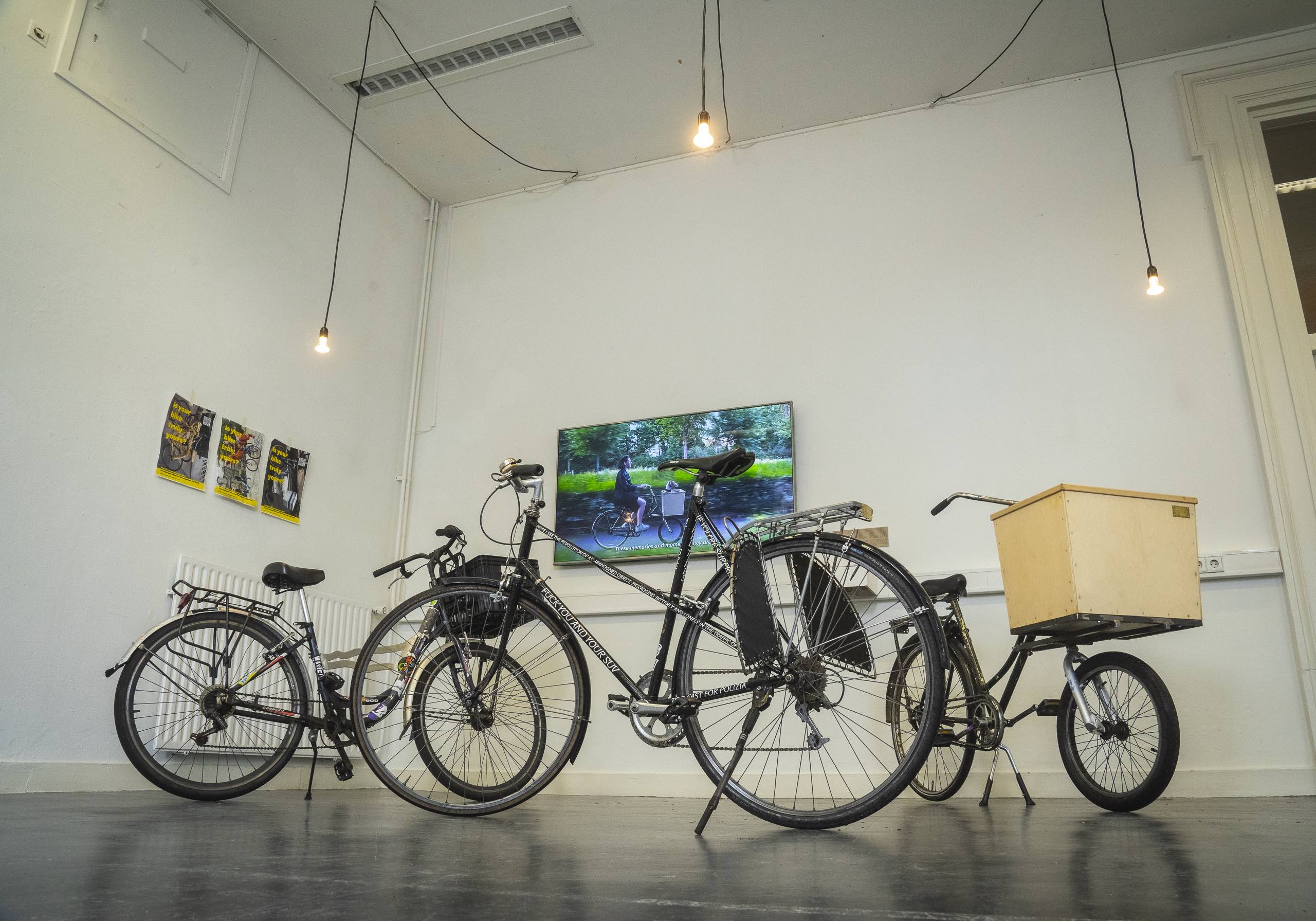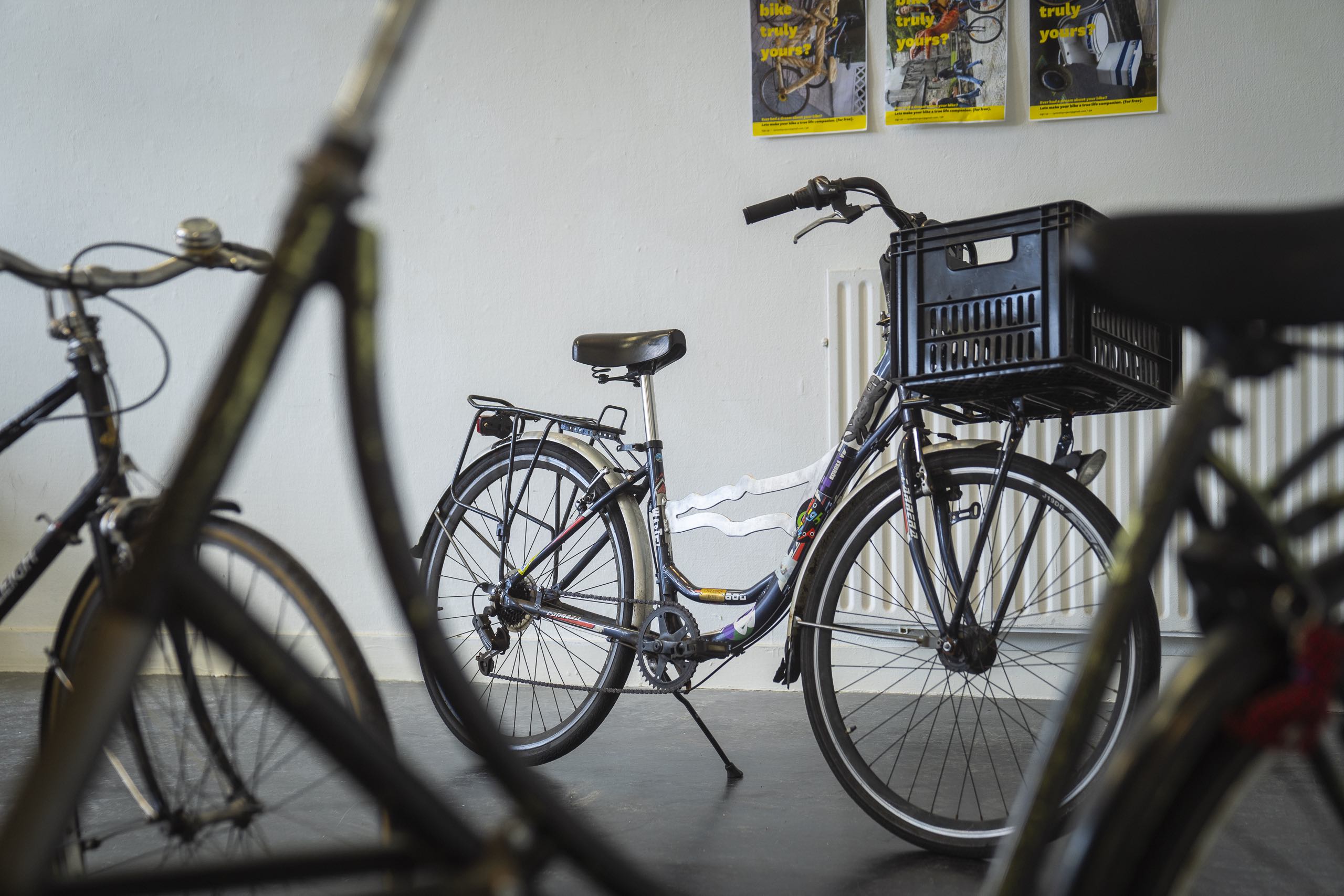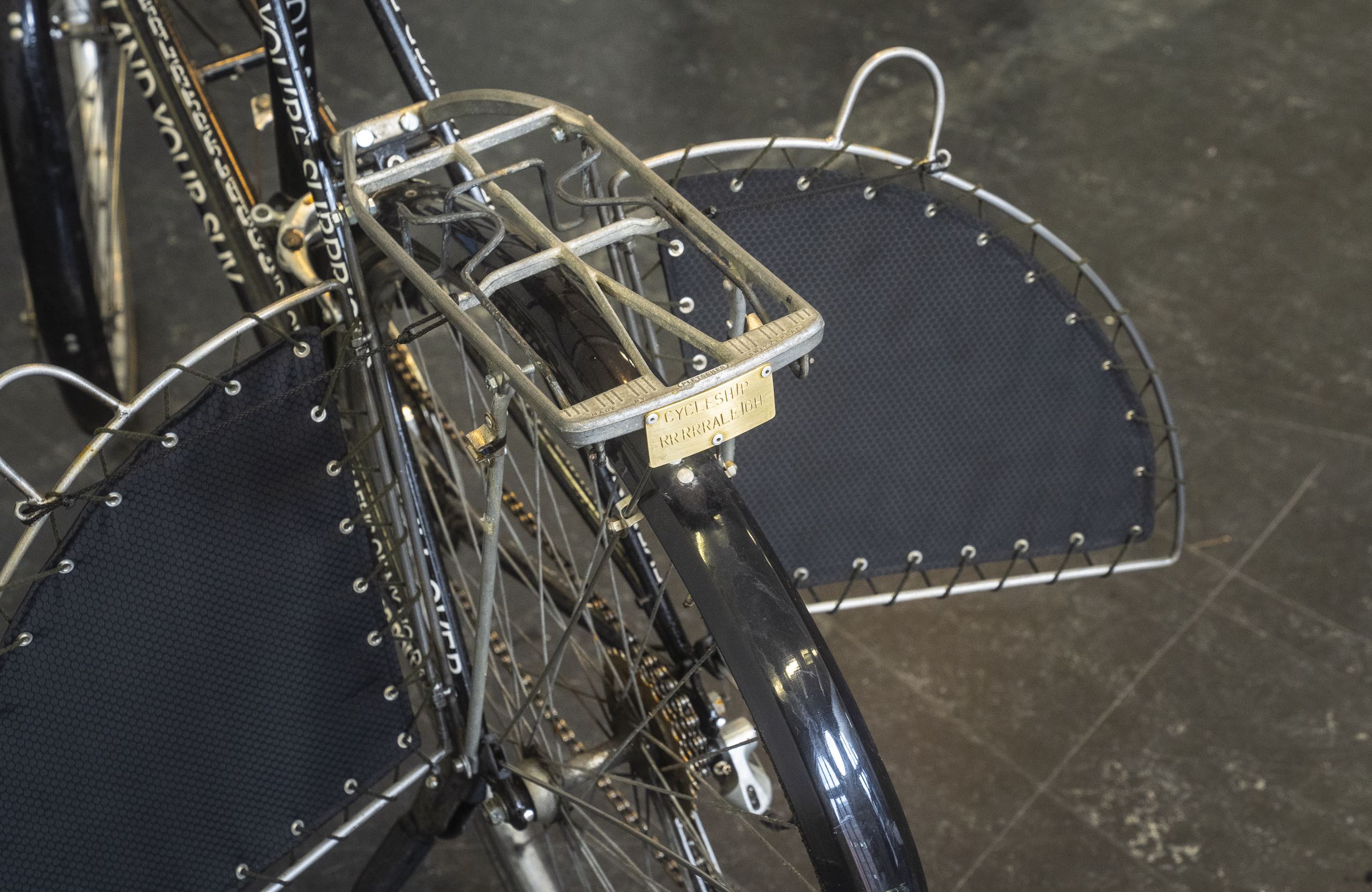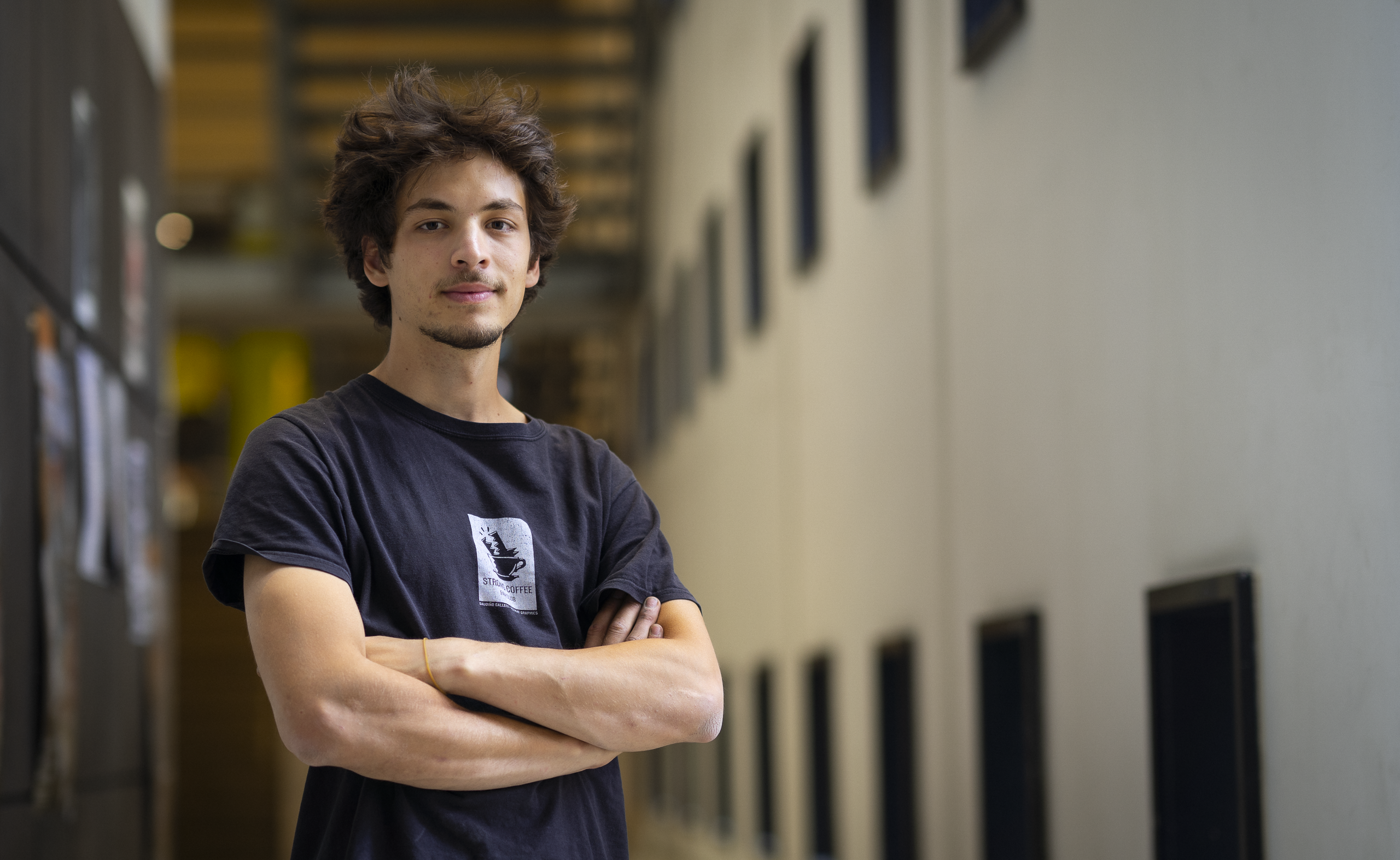Cycleship
–
Jakov Habjan
–
Jakov Habjan

Designers and manufacturers of bikes, like other manufacturers in the industry, purposefully design short lifespans and stimulate fast upgrades. Bikes and their components are replaced without a second thought, resulting in superficial relations and indifference towards waste. Cycleship uses design to create long-lasting and evolving relations, supporting personal attachment and cooperative alliances between users and their bikes.


Instead of being a product or a service, Cycleship is a method that takes shape in a workshop environment. Through a dialogue of negotiating decisions between the participants, their bikes and me, we learn and create attachment together. The participant’s feedback, inspiration, and engagement craft the path of the result, bringing joy and affection into the process. Without illusions to change a systematic problem of the design industry, Cycleship aims to reflect on the existing conditions and cultivate a different form of behavior. From oiling a noisy chain to re-welding the bike’s frame, Cycleship creates a companion for life.

I am a maker and designer, working at the intersection of design, fabrication, DIY, art, and technology on a human scale. Fascinated by the relations that are created with long lasting objects, most of my work is striving to have thoughtful and personal meaning while being built to last for a long time. I am interested in researching human-tool interactions, taking my favorite tool, the bicycle, as a case study. This research looks into literal and metaphorical connections between bicycles and their users, to inspire longevity and build attachment towards the bike. My role in this project is a facilitator as much as an educator, trying to share the power and fascination that he has learned from and with the bike.